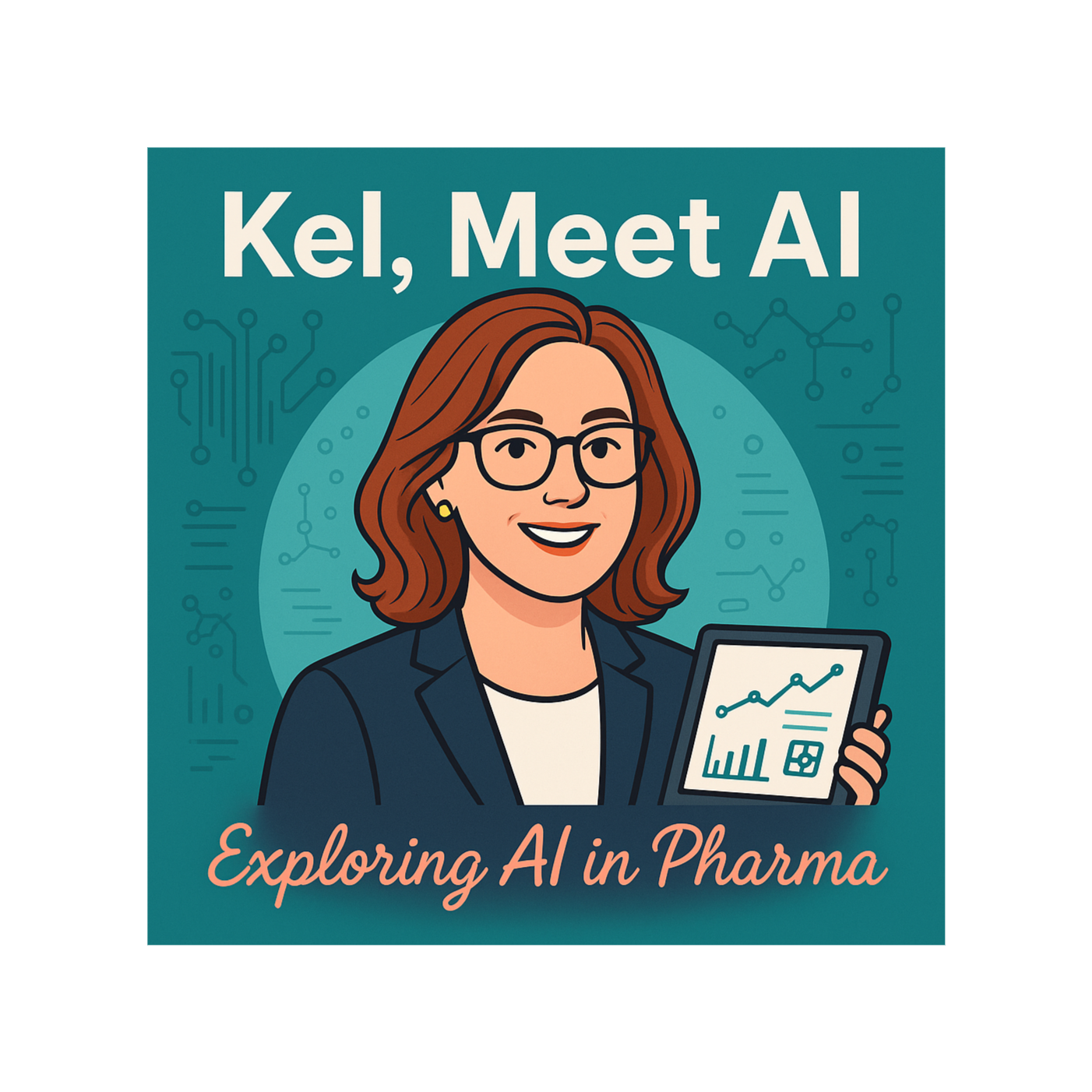Listen "Part 0 - What even is AI? A beginner's guide"
Episode Synopsis
I. Core Definition and Everyday Presence of AIWhat is AI? At its core, Artificial Intelligence is defined as "the way we get computers to do tasks that we normally associate with smart humans." The source emphasizes that AI does not "think" like humans but can "answer questions, suggest ideas, or even compose a neat paragraph for you." It is likened to "a really clever intern who’s trotted around the globe and absorbed a massive amount of information."AI in Everyday Life: Contrary to popular misconceptions, AI is already "woven into the tools you use every day." Common examples include:Streaming Services: Netflix or Spotify recommendations.Navigation Tools: Google Maps for fastest routes.Smart Assistants: Siri or Alexa managing tasks.Email Filters: Identifying and sending spam.Social Media Filters: Photo enhancements and feed suggestions.II. Generative AI: Creating New ContentA significant aspect of modern AI is Generative AI, which "doesn’t just analyze data—it can also create something new." This type of AI takes learned patterns from "countless examples" to produce "fresh, tailor-made response."Example: Prompting it to "Describe a beautiful sunset in simple terms" results in a newly generated description. Generative AI acts "like a creative assistant who understands your style and can generate content that fits your needs."III. The 3 Key Pillars to Using AI EffectivelyTo leverage AI, users do not need programming knowledge. The source identifies three essential concepts:Prompting: This is "simply asking the AI to do something." The effectiveness of AI largely depends on "giving clear instructions to a friend." The more precise the prompt (e.g., "'Draft a polite email to my boss,' or 'Summarize this long article in simple words'"), the better the output.Iteration: This involves refining AI's initial output. "Sometimes the first answer isn’t perfect." Users can "ask the AI to adjust the output—maybe make the tone more friendly, or simplify the language even further." It's compared to "refining a rough sketch until it suits your vision."Integration: This refers to "combining AI with the other tools you use at work, like email platforms, document editors, or note-taking apps." AI can "summarize a series of emails, generate ideas for your next report, or draft a quick reminder for your meeting," thereby working "in harmony with your daily tasks, making your work more efficient."IV. Practical Applications of AI in the WorkplaceAI serves as a "super-efficient assistant" in professional settings, supporting rather than replacing human effort. Key benefits include:Email and Document Drafting: Creating initial drafts for various written communications.Time-Saving Automation: Quickly scanning documents and extracting key information.Meeting Preparation: Summarizing lengthy reports.Idea Brainstorming: Acting as a "sounding board" to generate ideas and overcome creative blocks.Data Analysis: Helping to "break down charts or trends" for informed decision-making, even for those uncomfortable with data.
More episodes of the podcast Kel, Meet AI
Part 12 - Pharma MR AI Gaps & Opportunities
09/06/2025
Part 10 AI in Pharma - The Next 2 to 3 Years
06/06/2025
Part 7 Common Pitfalls and Spotting Nonsense
06/06/2025
Part 6 Terminology
06/06/2025
Part 4 GenAI and Common Tools
06/06/2025
Part 3 Natural Language Processing and LLMs
06/06/2025
Part 2 What is Machine Learning?
06/06/2025
 ZARZA We are Zarza, the prestigious firm behind major projects in information technology.
ZARZA We are Zarza, the prestigious firm behind major projects in information technology.
